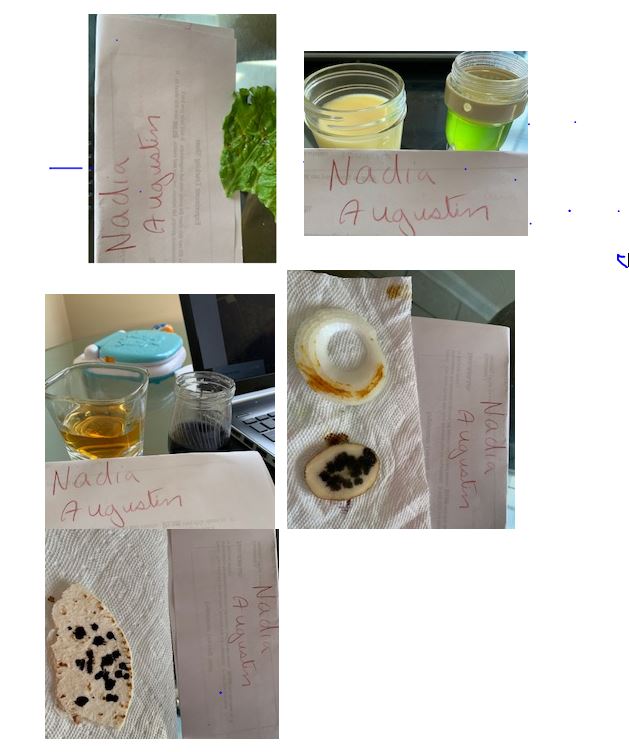Introduction
The experiment conducted for my lab report consists of two tests: iodine and emulsifiers. The objective of the experiment was to identify the difference between organic and inorganic chemicals. Both positive and negative reactions to the iodine test are included in the analysis as well. Furthermore, the experiment will determine the changes in mixing oils and water to identify an emulsifier. The experiment will be concluded by the indication of the independent, dependent, and control variables.
Procedure
At the beginning of the experiment, the chemical composition of cells was labeled as two different tests. The first test was the iodine test, applied to determine if certain elements contained starch. A negative and positive control groups differ according to the iodine test’s instructions. To conduct the first experiment, I gather two clear glasses, add a 1/4 cup of water, and then add some drops of iodine; the other clear glass should contain at least 1/2 teaspoon of cornstarch and a bit of water, and then several drops of iodine should be added. These actions will allow us to understand whether the negative or positive controls are present. Next, in a small lettuce leaf, I added a couple of drops of iodine.
The objective of the second experiment was to test for emulsifiers. The first step was heating some water in a tea kettle. After that, the hot water was poured into two different clear glasses; an egg yolk was added to the water in one glass, and one tablespoon of butter was added in the other glass. During the procedure, I also added three drops of food coloring. Then I stirred the egg yolk with the hot water several times. The results were expected to identify whether it is a negative or positive control group regarding an emulsifier. After the emulsifier test, I also used half a cup of mayonnaise and some green coloring drops. Emulsifier decreases the surface tension and increases the hydrophilicity of hydrophobic substances such as oils. Thus, it can be concluded that the addition of an emulsifier facilitates the mixing of oil with water.
In the case of the Emulsifier Test:
- Dependent Variable: Color of the solution at the end of the test
- Independent Variable: Test sample/solution
- Control Variable: Benedict’s solution/reagent
Iodine test
- Positive test: dark blue or black color
- Negative test: orange or amber color
Hypothesis
After adding the iodine solution, there is a positive relationship between starch in food and the color change when exposed to iodine. The water with starch turns iodine into a dark blue-black color, while the water without the cornstarch has an adverse reaction. Orange or amber color is seen. I hypothesized that starch would not be found in sugar water pieces of lettuce. I also hypothesized that sugar, water, and milk would have an amber color to the solution. For the emulsifiers’ test, I hypothesized that products characterized as lipids such as fats and oils would rise above the evaporated water; however, if the food contains an emulsifier, the fats will stay mixed with water.
Conclusion
I concluded that starch would not be found in sugar water, vegetable oil, or mayonnaise at the lab’s beginning. The procedure supported the hypothesis. The assumption is correct because the three liquid solutions had an amber color at the end of the experiment. The amber color of the solution determines when a product does not contain starch. The procedure decided that products that mix with the food coloring will have an emulsifier; however, I added two drops of
Food coloring into the butter mixer. A negative control emulsifier is present when oil rises to the top of the solution. A positive answer is determined when no oil is raised on the top of the solution but absorbed by the food coloring.
